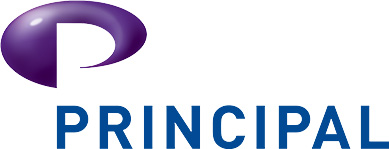


Phishing scams, data breaches, and ransomware attacks dominate the headlines, many organisations have hardened their firewalls, updated endpoint protection, and trained their staff on digital hygiene. However, there’s one device that remains largely under the radar for many businesses, and it may be the most vulnerable: the multifunction printer (MFP).
Modern printers aren’t just machines that spit out paper; they’re smart, connected devices loaded with memory, access to your network, and sensitive data. If left unsecured, they could become a back door for attackers or a source of accidental data leakage.
Multifunction devices today are more like mini-computers. They have:
- Internal storage for job history and scanned documents
- Email, cloud, and USB connectivity
- Active network presence with IP addresses and remote management tools
- Built-in apps, authentication portals, and often out-of-date firmware
Yet despite these features, they’re often excluded from IT security policies or left out of patching and monitoring cycles.
- Data remnants: Print jobs stored in memory can be recovered if devices aren’t encrypted or wiped during decommissioning
- Unsecured ports & protocols: FTP, SMB, and Telnet may still be active by default
- Man-in-the-middle attacks: Intercepting jobs sent over unsecured networks
- Default admin credentials: These are often never changed from factory settings
- Unrestricted access: Walk-up users might scan or forward documents without authentication
Scenario 1: A GDPR Violation Waiting to Happen
An HR team prints salary reviews to a shared office MFD. They forget to collect it promptly. Another staff member sees it, unintentionally or otherwise. This is a reportable breach under GDPR.
Scenario 2: Supply Chain Attack Entry Point
An attacker compromises your network through an outdated printer driver on an MFD running old firmware. The breach gives them lateral access to file servers.
Scenario 3: Decommission Disaster
A company sells a used device on eBay. The hard drive still contains 1,000+ scanned customer contracts, unencrypted and exposed.
Principal recommends a multi-layered approach to securing print infrastructure:
1. Secure Print Authentication
Ensure only authorised users can release jobs via PIN, ID badge, or SSO integration. This prevents sensitive documents from sitting uncollected at printers.
2. Hard Drive Encryption and Secure Erase
Modern MFDs offer built-in encryption and secure wipe protocols. Use them, and make sure they're enforced during disposal.
3. Firmware and Driver Updates
Work with an MPS provider who ensures your devices receive regular patches and vulnerability management.
4. Disable Unused Ports and Protocols
Block or disable unused ports (e.g., FTP, SNMPv1) and enforce HTTPS and secure protocols only.
5. Monitor and Log Printer Activity
Log all device interactions and feed that data into your SIEM or security reporting. Unusual usage can flag insider threats or rogue actions.
Through our Managed Print Services (MPS), we:
- Provide secure-by-design MFDs from trusted brands like Konica Minolta and Kyocera
- Perform print audits to identify risks, redundancies, and access issues
- Help enforce policies for GDPR compliance, secure scanning, and device decommissioning
- Offer print fleet monitoring so you’re never left blind to print security threats
Your printers and scanners could be the missing piece in your cyber defence strategy. Don’t let them become your weakest link.
Our experts will assess your current setup, identify vulnerabilities, and help you close the gaps, before attackers find them.